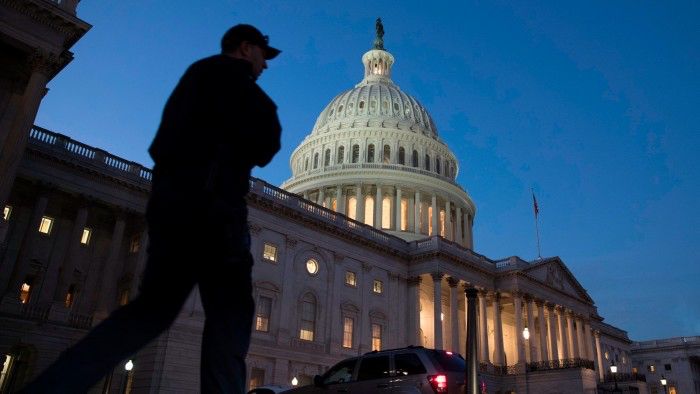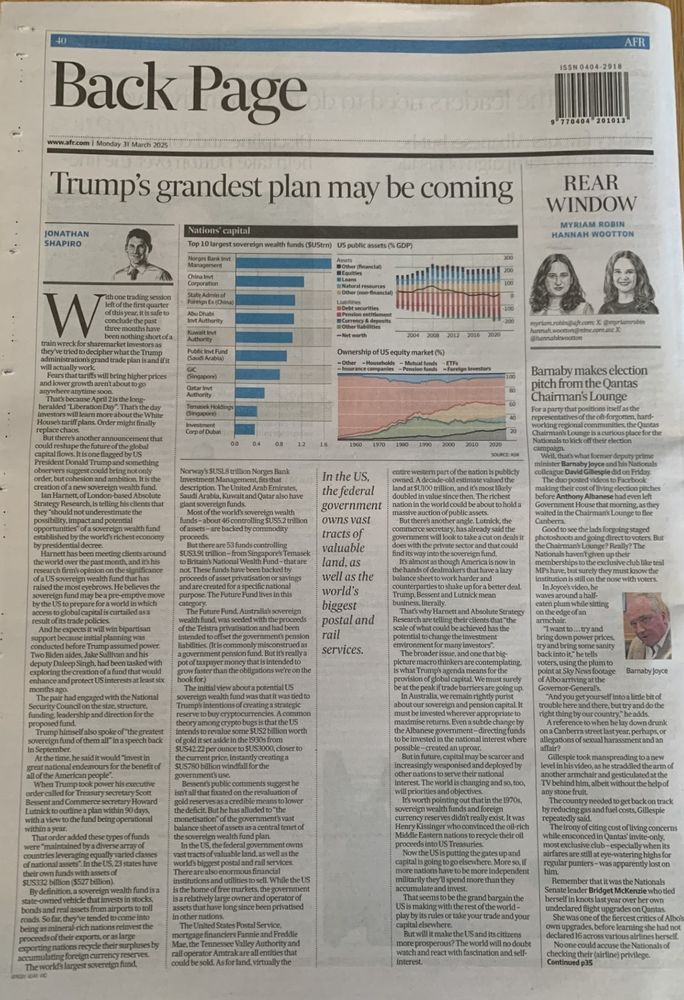Ian Harnett
@ianrharnett.bsky.social
580 followers
210 following
59 posts
Veteran macro-strategist. Co-founder Absolute Strategy Research - all views are my own - not those of ASR. Any likes/reposts do not mean endorsement.
Posts
Media
Videos
Starter Packs
Ian Harnett
@ianrharnett.bsky.social
· Aug 4
Ian Harnett
@ianrharnett.bsky.social
· Apr 5
Ian Harnett
@ianrharnett.bsky.social
· Mar 14
Ian Harnett
@ianrharnett.bsky.social
· Mar 9
Ian Harnett
@ianrharnett.bsky.social
· Mar 9
Ian Harnett
@ianrharnett.bsky.social
· Mar 9
Ian Harnett
@ianrharnett.bsky.social
· Feb 21









